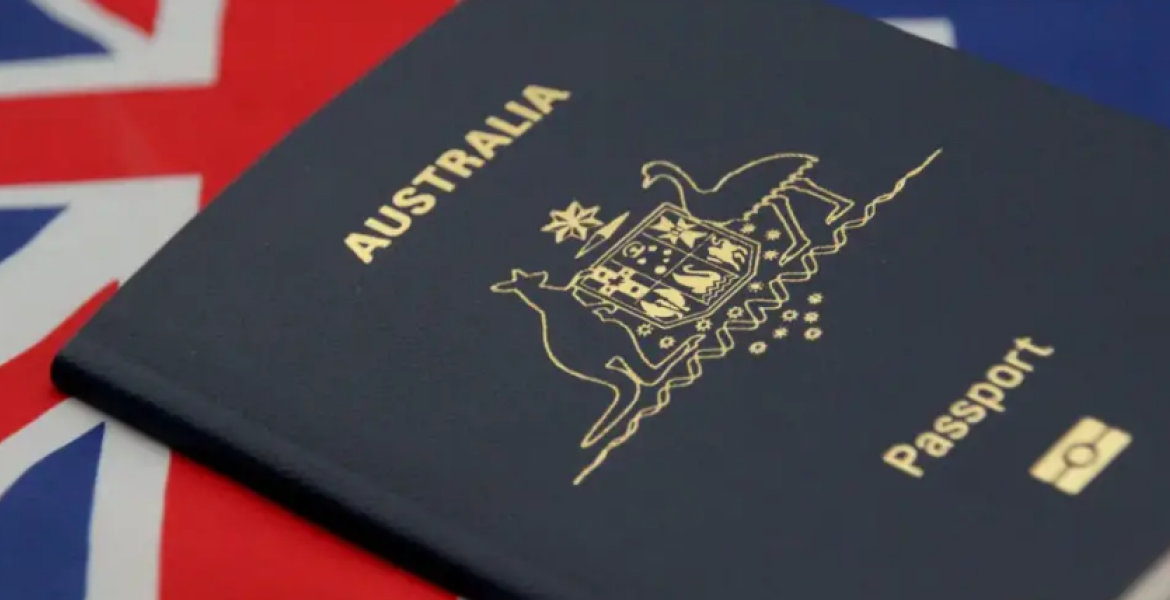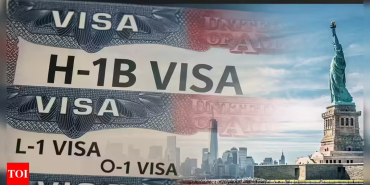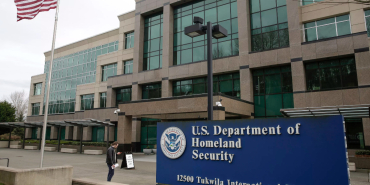Australia's New Policies to Facilitate Permanent Residency for Skilled Migrants

The Australian Government is expanding opportunities for temporary skilled sponsored workers to obtain permanent residency, aiming to facilitate their contribution to the country's economy.
Starting from November 25, 2023, significant adjustments have been made to the Temporary Skill Shortage (TSS) (subclass 482) and Temporary Residence Transition (TRT) stream of the Employer Nomination Scheme (ENS) (subclass 186) visas by the Australian Government. These modifications aim to simplify and clarify the process for TSS visa holders to obtain permanent residence (PR), providing greater certainty for employers and skilled workers, while ensuring that Australia continues to attract and retain the necessary talent.
As of November 25, 2023, the Australian government will remove the limit on the number of Short-term stream TSS visa applications within Australia.
This adjustment applies to new TSS visa applications made on or after the specified date. Short-term stream TSS visa holders with visas expiring before November 25, 2023, will need to depart Australia to lodge a third short-term stream TSS application.
Changes in the nomination requirements for the TRT stream include:
1. Allowing employers to nominate holders of all TSS visa streams, including Short-term and Labour Agreement streams.
2. The Australian and New Zealand Standard Classification of Occupations (ANZSCO) must include the occupation of the nominated worker, who must also continue working in that occupation.
To be eligible for nomination by their employer for the TRT stream, TSS visa holders will only need to hold their visa and work in the nominated position or occupation for two out of the three years before nomination. These changes will come into effect for new ENS and Regional Sponsored Migration Scheme nomination applications on November 25, 2023. Changes in the TRT stream visa application requirements include updating age exemptions for regional medical practitioner applicants and high-income earners aged 45 years and over, allowing for a two-year pathway.
The COVID-19-related age exemptions will no longer be relevant due to the introduction of the two-year pathway. These changes are expected to apply to new ENS and Regional Sponsored Migration Scheme visa applications, but the specific details are yet to be determined as of November 25, 2023. As an Australian permanent resident, the ability to re-enter Australia after travelling overseas depends on the validity of the travel facility on the permanent visa. There is no automatic right of entry to Australia.
To qualify for Australian citizenship through conferral, there are a few requirements that must be met. Firstly, applicants must have resided in Australia with a valid visa for a period of four years leading up to the application day. Additionally, they must have held either a permanent visa or a Special Category (subclass 444) visa for the 12 months immediately before the application day.
If you are a holder of the Special Category visa, you will be considered a permanent resident for citizenship purposes even while outside of Australia, as long as you hold the visa before your departure. In summary, the Australian Government's modifications to the TSS and TRT visa streams signify a significant step in simplifying the process of obtaining permanent residency, providing reassurance for both employers and skilled workers.








Add new comment